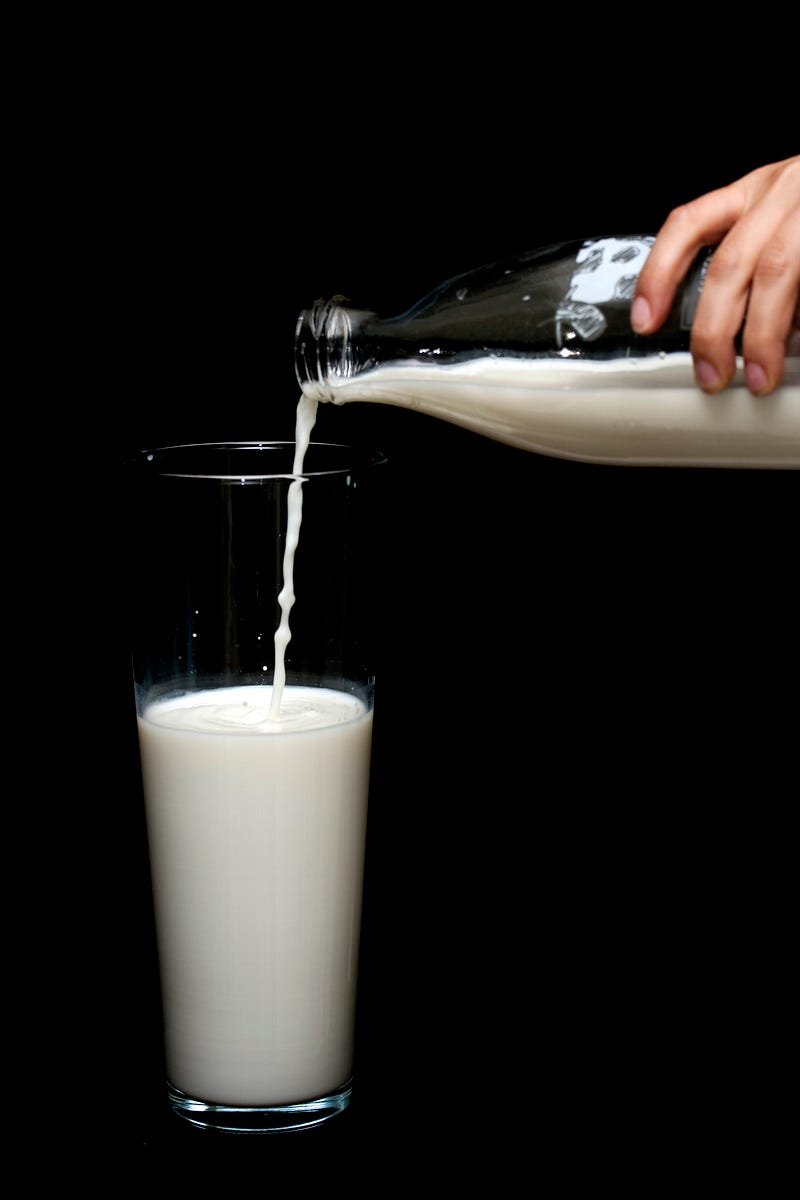The Accidental Discovery of Cheese: A Culinary Journey
Written on
Chapter 1: The Origins of Cheese
The fascinating story of cheese can be traced back to the domestication of animals around 8,000 to 10,000 years ago. A popular theory suggests that cheese was discovered by chance when early farmers stored milk in the stomachs of ruminants. Another possibility is that ancient farmers unintentionally created cheese by leaving milk exposed to warm temperatures, leading to natural curdling.
Cheese held a significant place in Roman culture, with the term 'cheese' deriving from the Latin word 'caseus,' which connects to the proto-Indo-European root for 'sour': 'kwat'.
How does using a ruminant's stomach aid in cheese production?

Chapter 2: The Science Behind Curds and Whey
Ruminant stomachs contain rennet, a mix of enzymes, with chymosin being the most important. This enzyme facilitates the coagulation of milk proteins (casein), leading to the formation of curds and the separation from the liquid whey.
The process is quite ingenious: casein proteins cluster into 'micelles'—spherical structures composed of fat and minerals surrounded by casein. The outer parts of these micelles attract water, allowing them to remain dispersed. Chymosin cleaves the water-attracting sections, prompting these micelles to clump together, forming curds, while the liquid left behind is referred to as whey. By pressing these curds, one can create cheese, and the firmness can be adjusted by varying the amount of whey removed.
Can cheese be created without rennet?
You might have inadvertently made curds and whey yourself. Have you ever curdled milk, perhaps while making a creamy dish? Lowering the pH (creating more acidic conditions) speeds up curd formation. Adding an acid like lemon juice or vinegar to milk can yield curds. When milk sours naturally due to bacteria, lactose is converted into lactic acid.
For pasteurized milk, a 'starter culture' can be introduced to influence the cheese's flavor. Thermophilic bacteria yield sharper flavors, while mesophilic varieties create a milder taste.

Chapter 3: The Role of Rennet in Cheese
Curds formed through acidification tend to be soft and lack robust flavor since the acidic conditions are not conducive to developing the enzymes responsible for flavor. To create firmer cheese, rennet is required, allowing for curdling without significant pH drops, thus fostering richer flavors.
Today, rennet is also available from non-animal sources, making it possible to produce vegetarian cheeses.
So, the next time you indulge in some cheddar, take a moment to appreciate the time and microbial activity that contributed to its creation.
“A cheese may disappoint. It may be dull, it may be naive, it may be oversophisticated. Yet it remains cheese, milk’s leap toward immortality.”
— Clifton Fadiman, Any Number Can Play
The first video, The Accidental Discovery of CHEESE, delves into the unintentional yet revolutionary moments that led to cheese's creation.
The second video, A Brie(f) History of Cheese by Paul Kindstedt, provides an engaging look at the history and evolution of cheese-making practices.